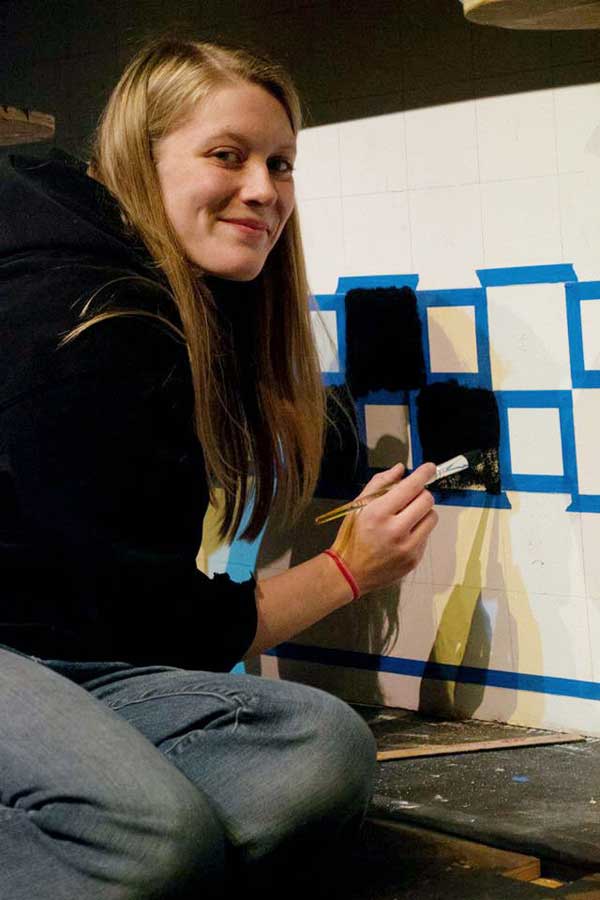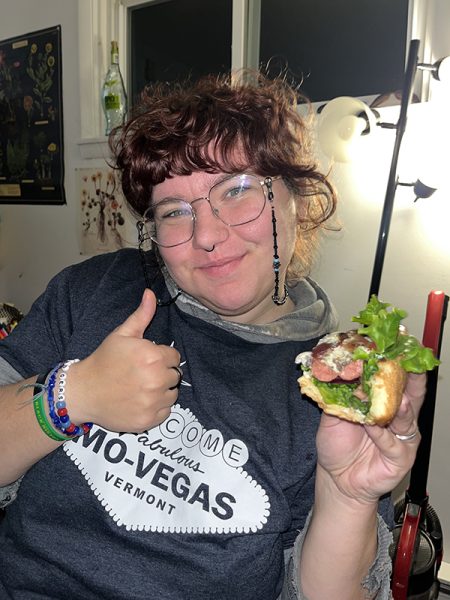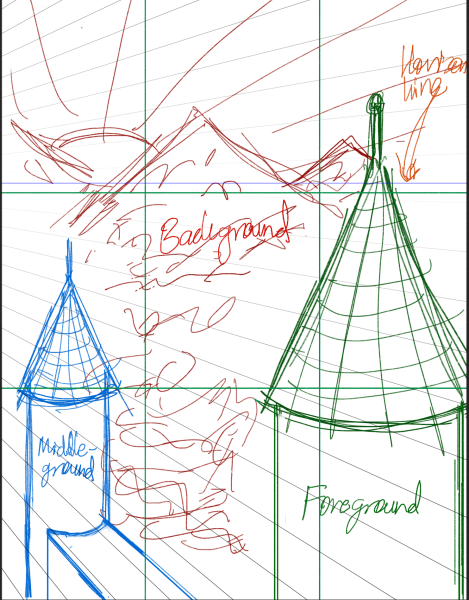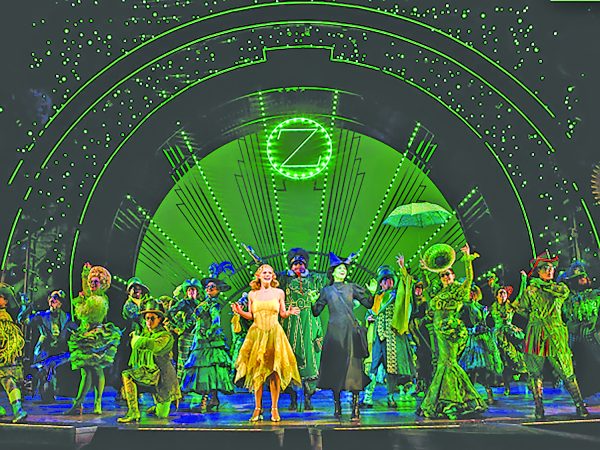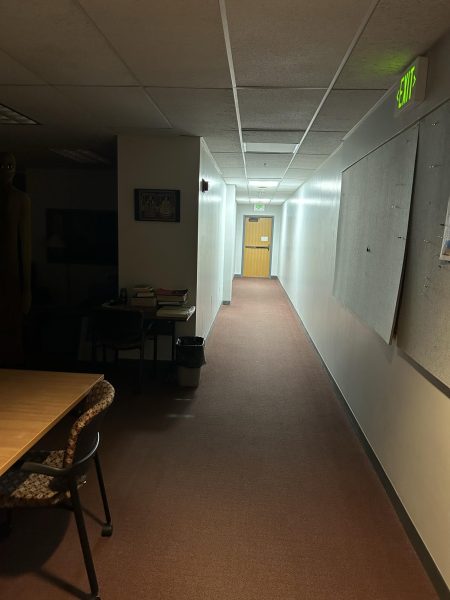“Bonnie’s Diner” keeps emotions as real as its props
Heather Vize-Willey
On my way to the Dibden theater, I noticed how quiet and deserted the campus was. It made me question how many people would actually attend the show since the play was not a creative audience. Then again, it was only about 6:35pm, twenty-five minutes before the play began.
Compared to the rehearsal the day before, the set had been completed and looked very believable. Everything was constructed and painted evenly, now with decorations. One photo being a black and white portrait of the director’s, Heather Vize-Willey, grandmother Bonnie.
The music playing while people sat sounded very folk-like. Music you’d hear in an American snack shack. The volume between the audience and the speakers was fairly even. Neither were too loud, but I couldn’t help but notice the lyric repetition “alcohol” of a song playing, probably chosen to set the tone for the show.
Slowly but surely, the theater was filling up five minutes to showtime with people scattered all around.
One unique thing about the play was its props. The actors weren’t pretending to eat; they were all served real food and beverages.
The smells never reached the front row, other than the fake cigarettes they used on stage. Real coffee was poured, real oatmeal was served, and a dish with a side of chips made its way to the floor after a distraught character stormed off of the stage.
In the beginning, the timing was quick between the actors during conversation, either because they were nervous, used to their lines, or both. As if naturally, the dialogue relaxed and flowed together, and their voices never demonstrated any noticeable mistakes.
It was peculiar to see the spotlight not on the actors whom were speaking. However, it made sense to keep the light on the person with a monologue over the characters with a side conversation. The timing of the lighting went nicely with the change of scene.
All of the actors continued their roles well throughout the show. They spoke clearly, and acted their parts, never breaking character, especially during monologues. Instead of freezing in time, they continued to go about themselves. At times, it became a distraction for the audience, taking the attention away from the person in the spotlight, but it happened seldomly.
I could assume the more experienced actors through their faces and the timing of voice. Their expression and tone were more believable than others.
The two that stole the show were the old man, played by Cody Logan, and the old lady, played by Sam Kilbride. When they came on stage with their scowling faces, and hunched backs, shuffling to the table in front of the bar, people reacted well to them. And when they started speaking, the audience laughed hard. Their raspy voices, and impatient sarcasm just made a wonderful dialogue.
The intent behind the story of Bonnie’s diner showed through the script, and the work of the actors. Although there was laughter from the audience, there was also silence. A change of mood from the audience was felt as the play continued after intermission, being left with a dramatic cliffhanger for 15 minutes.
During fade to black scenes, it seemed to take a while to set up for the next part. From what I could see, there were about three actual crew members preparing the stage.
Fortunately, after cast members changed or were ready to go on, they would help with set-up. A little wait never hurt.
When the actors were ready, the crew reacted appropriately, never rushing them with the spotlight beginning or ending a scene. And sound effects were used well. Without explaining an unfortunate turn of events, the audio was able to relay a message most, if not everyone, could understand.
It wasn’t until the near end that I held back tears by a very deep and heart warming monologue. Although I’d already seen the play once from a rehearsal, it still managed to affect me a second time.
I believe they did well as a group. Heather Vize-Willey chose the people she did for a reason, and I think she chose wisely. I didn’t know what to expect by her explanation of the play being about life in general, the highs and lows. In the end, I understood the moral.
It definitely wasn’t just about life in the restaurant industry.


